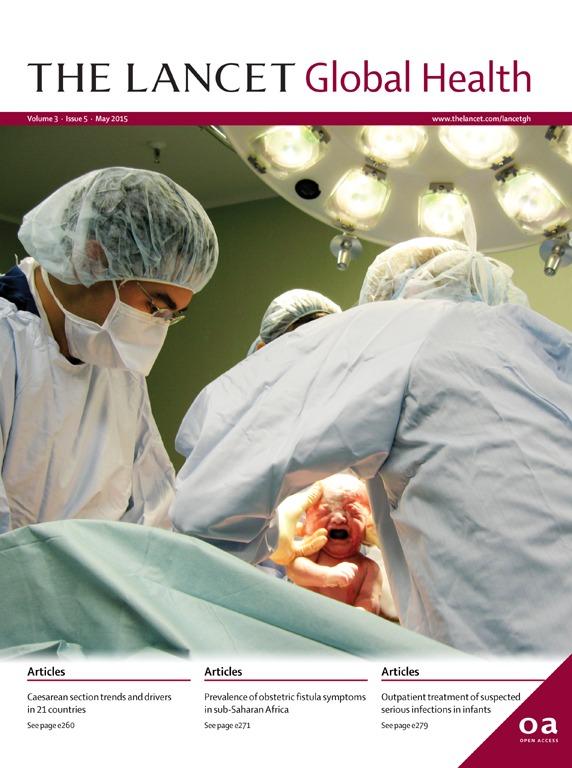Caesarian section yield greatest financial protection
In a recent article published in the Lancet, Stephane Verguet, Dawit Desalegn, Kjell Arne Johansson, Solomon Memirie, and others used a new method "Extended cost-effectiveness analysis" to assess the health gains and financial risk protection benefits of health interventions that could be financed by the Ethiopian government.

Main content
The authors found that publicly financing measles and pneumococcal vaccinations would bring about the greatest health gains; and that financing caesarean section, tuberculosis treatment and antihypertensives would result in the greatest financial risk protection benefits.
The authors' approach of incorporating financial risk protection into the evaluation of health interventions provides policy-makers with additional information about the multisectoral consequences of financing different interventions, which may be considered in the development of an essential health care package.
Abstract
Background
The way in which a government chooses to finance a health intervention can affect the uptake of health interventions and consequently the extent of health gains. In addition to health gains, some policies such as public finance can insure against catastrophic health expenditures. We aimed to evaluate the health and financial risk protection benefits of selected interventions that could be publicly financed by the government of Ethiopia.
Methods
We used extended cost-effectiveness analysis to assess the health gains (deaths averted) and financial risk protection afforded (cases of poverty averted) by a bundle of nine (among many other) interventions that the Government of Ethiopia aims to make universally available. These nine interventions were measles vaccination, rotavirus vaccination, pneumococcal conjugate vaccination, diarrhoea treatment, malaria treatment, pneumonia treatment, caesarean section surgery, hypertension treatment, and tuberculosis treatment.
Findings
Our analysis shows that, per dollar spent by the Ethiopian Government, the interventions that avert the most deaths are measles vaccination (367 deaths averted per $100 000 spent), pneumococcal conjugate vaccination (170 deaths averted per $100 000 spent), and caesarean section surgery (141 deaths averted per $100 000 spent). The interventions that avert the most cases of poverty are caesarean section surgery (98 cases averted per $100 000 spent), tuberculosis treatment (96 cases averted per $100 000 spent), and hypertension treatment (84 cases averted per $100 000 spent).
Interpretation
Our approach incorporates financial risk protection into the economic evaluation of health interventions and therefore provides information about the efficiency of attainment of both major objectives of a health system: improved health and financial risk protection. One intervention might rank higher on one or both metrics than another, which shows how intervention choice—the selection of a pathway to universal health coverage—might involve weighing up of sometimes competing objectives. This understanding can help policy makers to select interventions to target specific policy goals (ie, improved health or financial risk protection). It is especially relevant for the design and sequencing of universal health coverage to meet the needs of poor populations.

